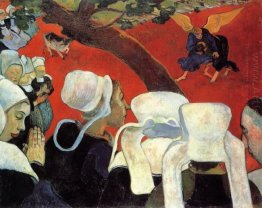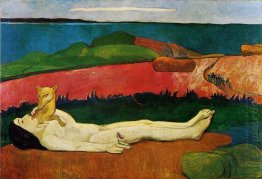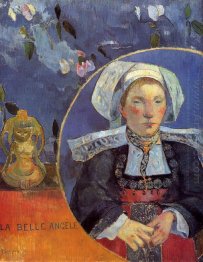Synthetism

Synthetism, in art, method of painting evolved by Paul Gauguin, Émile Bernard, Louis Anquetin, and others in the 1880s to emphasize two-dimensional flat patterns, thus breaking with Impressionist art and theory , to distinguish their work from Impressionism. Earlier, Synthetism has been connected to the term Cloisonnism, and later to Symbolism.[1] The term is derived from the French verb synthétiser (to synthesizeor to combine so as to form a new, complex product). The style shows a conscious effort to work less directly from nature and to rely more upon memory.
Synthetist artists aimed to synthesize three features: the outward appearance of natural forms, the artist’s feelings about their subject, the purity of the aesthetic considerations of line, color and form.






